
 1 / 11
1 / 11Taimur Baig, MD and Chief Economist of DBS Group: The VRRR was widely expected, the calendar and so on. I don’t think this necessarily adds to any sort of a hawkish tone, it's very neutral. I was expecting some discussion on the capital flow management side, which was missing.
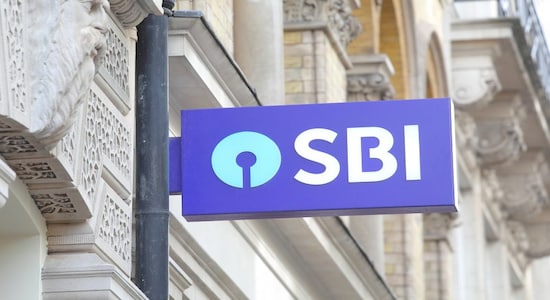
 2 / 11
2 / 11Ashwani Bhatia, Managing Director, SBI: The fact that it (RBI) has announced the calendar also gives you some path about what it is thinking for the next two to three months. So, the calendar till December is welcome. It would give some hint that perhaps RBI is looking to taper down on the liquidity but by and large very accommodative.
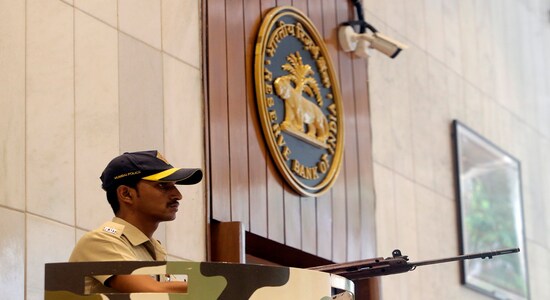
 3 / 11
3 / 11Suvodeep Rakshit, Senior Economist, Kotak Institutional Equities: The RBI policy, as expected, remained cautious and in a wait-and-watch mode. Even as it increased the quantum under the 14-day VRRR auctions and opened the option of 28-day VRRR auctions, it adequately sounded out on its dovishness and the need to ensure liquidity conditions remain comfortable. We do not see the RBI in a hurry to normalise liquidity conditions as well as the reverse repo rate in the near term.

 4 / 11
4 / 11R Sivakumar Head Fixed Income at Axis AMC: I think there is a message in the VRRR cut off that the RBI is comfortable with rates going up. The comfort that RBI is showing on allowing the VRRR rates to rise is in a way signalling to the short-term money markets that we should at some stage expect the reverse repo rate to go up.

 5 / 11
5 / 11Ananth Narayan, Professor, SPJIMR | On VRRR auctions: RBI has taken steps and so the expected increase in VRRR to 4 trillion to 6 trillion is what the governor mentioned. After that, you will see surplus liquidity of 2 to 3 trillion, which is lower than what you see right now, 4-4.50 trillion it is a small glide path down.

 6 / 11
6 / 11Ananth Narayan, Professor, SPJIMR (II) | On open market operations: RBI has not been entirely dovish so the fact that it has not said anything on G-SAP is a clear indication the fulsome support—afforded in the first and second quarters—might not be there. Of course, he (RBI governor) has said he will do Operation Twist and OMOs as required, and even bring back G-SAP when required. But not having a headline number, is I think, a part of the normalization process, which is very, very welcome.
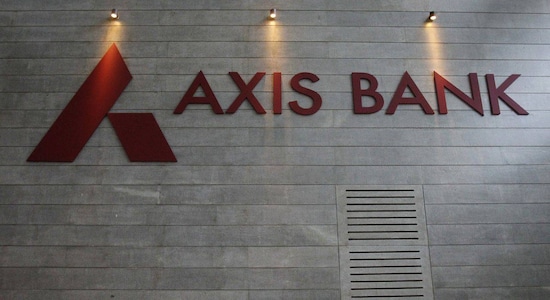
 7 / 11
7 / 11Rajiv Anand, Executive Director, Axis Bank: You are going to see short-end rates go up because the governor has clearly articulated VRRR is going to push the short-end rates up, so may not do a reverse repo high. But it is going to happen through the VRRR process. The first lot of CP issuances we will see in the next few days will probably show you how much of an impact that is going to have as we go forward. I think rates have bottomed out. The first step is the normalization of liquidity. The second is to reprice that liquidity through a hike in reverse repo rate i.e., narrow the corridor and see how the world looks as we get into the next fiscal. We could see one or maybe two rate hikes on the repo side in 2020-23.

 8 / 11
8 / 11SK Ghosh Group CEA, SBI: Currently, the situation in liquidity is extremely delicately poised. One autonomous factor that is playing and is not in control of the Reserve Bank of India is capital inflows. You will see a large section in the monetary policy report that emphasises the capital inflows parts and the fact that the follow-on interventions are being unwinded. If the RBI wants to rollover over that, it is going to push up the forward premium and that could lead to an avalanche of debt inflows at some point in time. Taking these factors into account, I am not sure about this liquidity normalisation path but the only good thing is that the pace of VRRR will go up. However, if this conundrum continues it will be a very difficult climb on the part of RBI for liquidity normalisation.
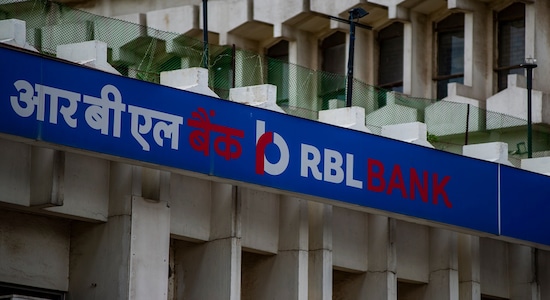
 9 / 11
9 / 11Anand Bagri, Head - Domestic Markets, RBL Bank: The market was expecting RBI to be much hawkish. I think the RBI has done a very good job in preparing the markets about the eventual normalization of the policy that would happen. So, the liquidity as we move towards the December policy, I think the call fixing, the overnight rates would move closer to 375- 380 levels which are hovering around 350-360 levels now.
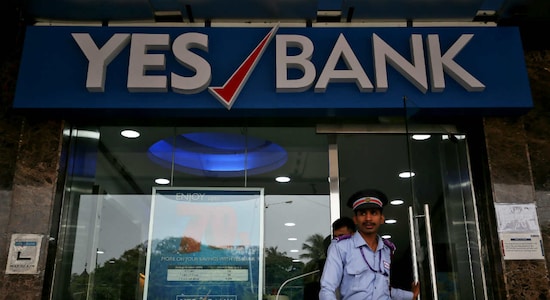
 10 / 11
10 / 11Indranil Pan, Chief Economist - YES BANK: In my opinion, the glide path has been initiated with the G-sec bond buying programme dialled back to NIL, and the VRRR auction size enhanced to Rs 6 trillion by early December. The RBI also has opened itself up to increasing the VRRR duration to 28 days, if need be. The actions on liquidity are expected to bring up the overnight money market rates to above the current reverse repo rate of 3.35% and we think that RBI will then be open to adjusting the reverse repo rate to reduce the size of the corridor.

 11 / 11
11 / 11Abheek Barua, Chief Economist, HDFC Bank: RBI suspended G-SAP programme and provided a calendar to further increase the limit of the VRRR window. This is likely to be perceived as liquidity normalization but some caveats are in order. The extension in the limit of the VRRR window just offers a voluntary window for lower duration deposits and the end of the GSAP programme implies no further infusion of liquidity in the system and was perhaps warranted given that systemic liquidity is already in excess at Rs 9 lakh crore. That said, the RBI continued to commit to providing adequate liquidity in the system if need be through other operations.

